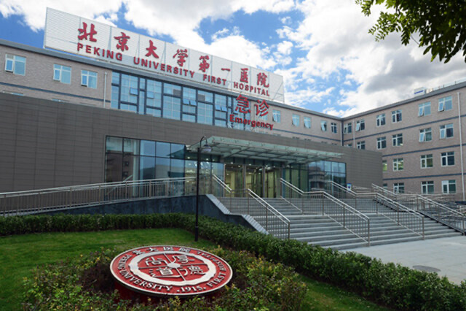1. Wang, C.K. Hu, A. Zeng, et. al., 2020. Changes in regeneration-responsive enhancers shape regenerative capacities in vertebrates. Science369,2020
2. Jia Y, Kang X, Tan L, Ren Y, Qu L, Tang J, Liu G, Wang S, Xiong Z and Yang L (2021) Nicotinamide Mononucleotide Attenuates Renal Interstitial Fibrosis After AKI by Suppressing Tubular DNA Damage and Senescence. Front. Physiol. 12:649547. doi: 10.3389/fphys.2021.649547
3. Rewa, O., and Bagshaw, S. M. (2014). Acute kidney injury-epidemiology, outcomes and economics. Rev. Nephrol.10, 193–207. doi: 10.1038/nrneph.2013.282
4. Varrier, M., Forni, L. G., and Ostermann, M. (2015). Long-term sequelae from acute kidney injury: potential mechanisms for the observed poor renal outcomes. Care19:102. doi: 10.1186/s13054-015-0805-0
5. Mills K. F., Yoshida S., Stein L. R., Grozio A., Kubota S., Sasaki Y., et al. (2016). Long-term administration of nicotinamide mononucleotide mitigates age-associated physiological decline in mice. Cell. Metab. 24 795–806. 10.1016/j.cmet.2016.09.013
6. Pham T. X., Bae M., Kim M. B., Lee Y., Hu S., Kang H., et al. (2019). Nicotinamide riboside, an NAD+ precursor, attenuates the development of liver fibrosis in a diet-induced mouse model of liver fibrosis. Biochim. Biophys. Acta Mol. Basis Dis. 1865 2451–2463. 10.1016/j.bbadis.2019.06.009
7. Ratliff B. B., Abdulmahdi W., Pawar R., Wolin M. S. (2016). Oxidant mechanisms in renal injury and disease. Antioxid Redox Signal 25 119–146. 10.1089/ars.2016.6665





 举报
举报